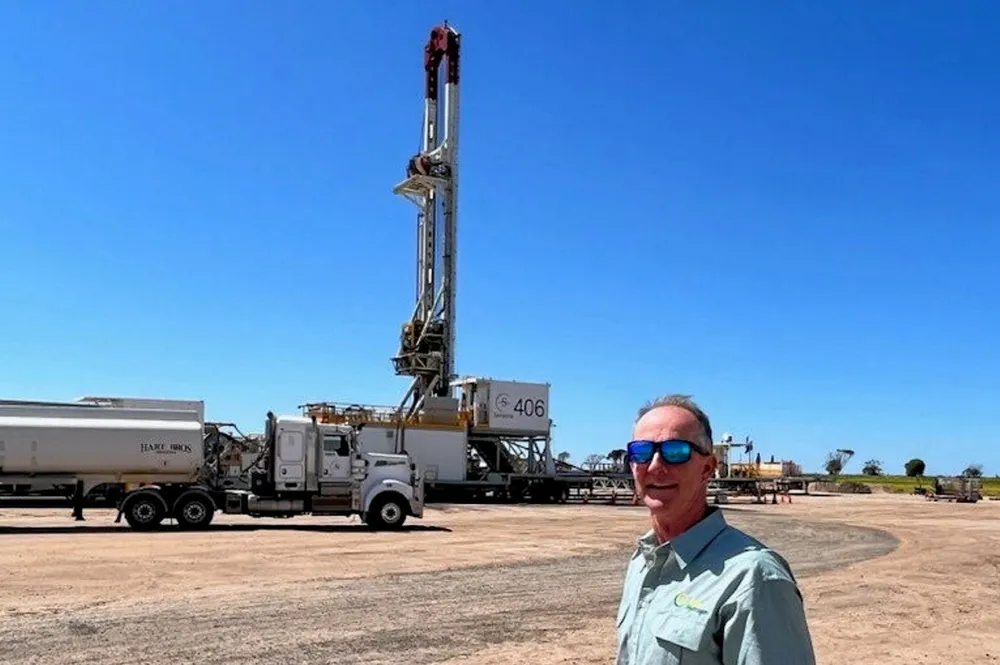Gold Hydrogen detects 'elevated levels' of natural H2 from Australia's first exploration well
Brisbane-based company says it still needs to take uncontaminated downhole samples to confirm the exact purity of the hydrogen

Brisbane-based company says it still needs to take uncontaminated downhole samples to confirm the exact purity of the hydrogen
